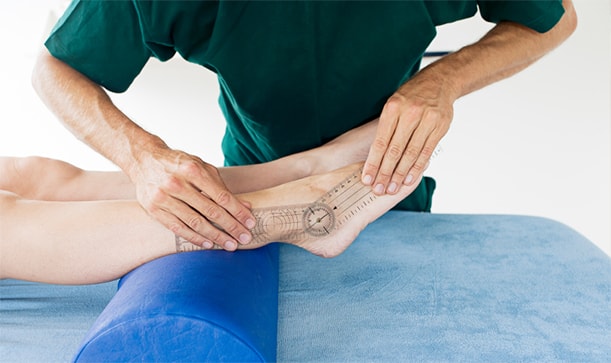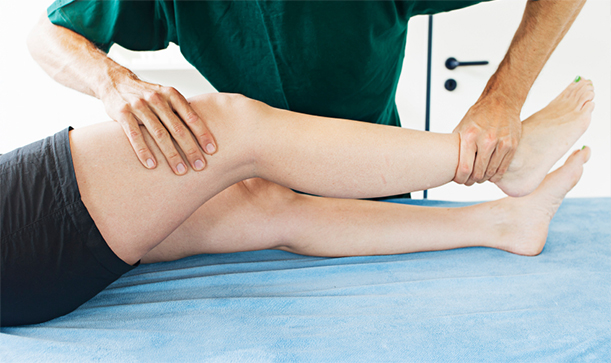CK Physiotherapy
AREAS COVERED
W7, W5, W13, Ealing, West London
57 Elthorne Avenue
Hanwell, W7 2JY
T: 020 8566 4113
M: 079 572 46185
E: info@ckphysio.co.uk
Location / Parking
We are situated in Hanwell, between Boston Manor Road and Northfields Avenue, south of the Uxbridge Road.57 Elthorne Avenue
Hanwell, W7 2JY
There are parking restrictions Mon - Fri 9-10am and 2-3pm. If you need a permit during this time please inform your therapist when you arrive. There are no parking restrictions at other times.
Opening Times
Please phone the number above during working hours to make an appointment. Our reception service will be happy to book your session.
London Underground / Bus Services
London Underground
10 min. walk from Boston Manor Tube Station.
15 min. walk from Northfields Tube Station.
Bus Service
E8, E3, E2, 207, 607, 83
Request Call Back
Our Blog
Simple Preventative Exercises for DVT from Physiotherapists in Ealing
By: BryanKelly (Psst, View author in Google Plus) Date: Mar 13th, 2019Deep Vein Thrombosis is a medical condition that affects the flow of blood in the body. Although this very treatable and even preventable condition is often gone undiagnosed, it can cause serious and even fatal health complications. Let's take a deeper look at deep vein thrombosis and easy preventative exercises you can do almost anywhere!

What is Deep Vein Thrombosis?
Deep vein thrombosis (DVT) can occur in any part of your body, but it is most commonly found in the lower legs, thigh, or pelvic region. DVT is essentially a blood clot that forms in a deep vein in the body, which are the veins located furthest from the surface of the skin. The clot forms because the blood is flowing too slowly and results in a build-up of blood. Blood clots often develop and resolve on their own, but if they do not it results in DVT. If left untreated, DVT can result in serious illness and even death.
How Can Deep Vein Thrombosis Lead to Serious Illnesses?
Medications and compressions can treat cases of DVT that are caught early. However, the effects of untreated DVT can be life-threatening. The most serious illness those with DVT are at risk for is a pulmonary embolism. This is when a piece of the clot breaks off and travels to the lungs. If the clot is large enough it can cause the blood supply to the lungs to be cut off.
Heart failure is another serious complication of DVT. This occurs when part of the clot travels to the pulmonary arteries, restricting blood flow to the rest of the body and organs. In this case, the heart is having difficulty getting blood to the rest of the body and is having to work much harder than it normally would or is capable of doing.
Post-thrombotic syndrome is when the blood is unable to flow properly through the veins. This results in a pooling of the blood in the extremities, which is known as edema and can be very painful. This condition can be visible which may cause not only physical pain but the individual to be self-conscious. If left untreated it can also lead to a breakdown of the surrounding skin and cause an infection.
Symptoms of Deep Vein Thrombosis
Diagnosis by your health care provider is the only sure way to confirm DVT. Symptoms include swelling, redness or discolouration, pain, and increased warmth of the affected area. If you notice any of these symptoms or suspect you may have DVT, contact your medical doctor right away.
Who is at Risk of Developing Deep Vein Thrombosis?
Although it is true that anyone can potentially develop DVT, there are groups which are at a higher risk than the general population. Individuals with an inherited blood-clotting disorder, that makes their blood clot more easily is at a higher risk for developing DVT. Those who are 60 years of age and older are also at a greater risk because as you get older, processes in the body do not work as efficiently as when you are younger. The blood is not able to pump blood as well as it once did.
Conditions which result in an individual spending large amounts of time laying or sitting increases the risk of developing DVT. These include obesity, bed-rest, surgery, birth control pills, cancer, pregnancy, and heart failure. In many cases, such as surgery, the condition is temporary and the increased risk will decrease once the individual has recovered. Finding ways to stay as active as possible will help combat this increased risk.
Exercises That Can Lower Your Risk of Developing Deep Vein Thrombosis
Although DVT is a very serious condition, there are measures you can take to reduce your risk of developing DVT. Laying down or sitting for long periods of time is a risk factor for developing DVT. Staying active is a great way of reducing your chances of developing this condition. If you're able to, take a walk. If you work at a desk, take a few minutes to stand up, walk down the hall and back. If you are in the hospital, talk with your care staff about getting up every so often and taking a short walk around the room or even down the hall if you are allowed to do so.
If you are unable to walk, you can do chair exercises. Engage in foot pumps, ankle raises, shoulder rolls, and leg raises to keep the blood flowing as it should. It is recommended that you complete a set of 5 repetitions every half hour and 10 if you are at high risk.
Engaging in thigh stretches and foot pumps, if you must stay lying down, will increase the blood flow and help prevent the chances of developing DVT. Choose exercises which are safe for your current situation. The important thing is that you stay as active as possible to keep the blood moving as it should.
Why is Seeking Treatment from a Physiotherapist the Best Option?
While there are certain exercises you can do on your own to decrease your chances of developing DVT, seeking help from a physiotherapist in the treatment and prevention of DVT if you are predisposed to the condition is the best option. Physical therapists have a thorough understanding of the anatomy of the body and the body's responses to different stimuli.
DVT is known as a silent killer, and for good reason. The symptoms can mimic minor conditions, such as a pulled or sore muscle that can often times go undetected. Physical therapists can often times catch DVT in patients that have come in for what they thought were minor aches and pains.
Physical therapists can work with patients on the best exercises that will help treat DVT or in some cases help prevent DVT. Regular visits will help your physical therapist keep an eye on your progress.
This allows them to make needed adjustments to your treatment plan and even teach strategies to use at home to aid in the recovery process between appointments. Contact us today for more information and to book your first appointment!
Other articles worth reading:
How Physiotherapy and Exercise Can Improve the Lives of the Elderly
Sports Massage Therapy: The Benefits of Preventative Injuries





